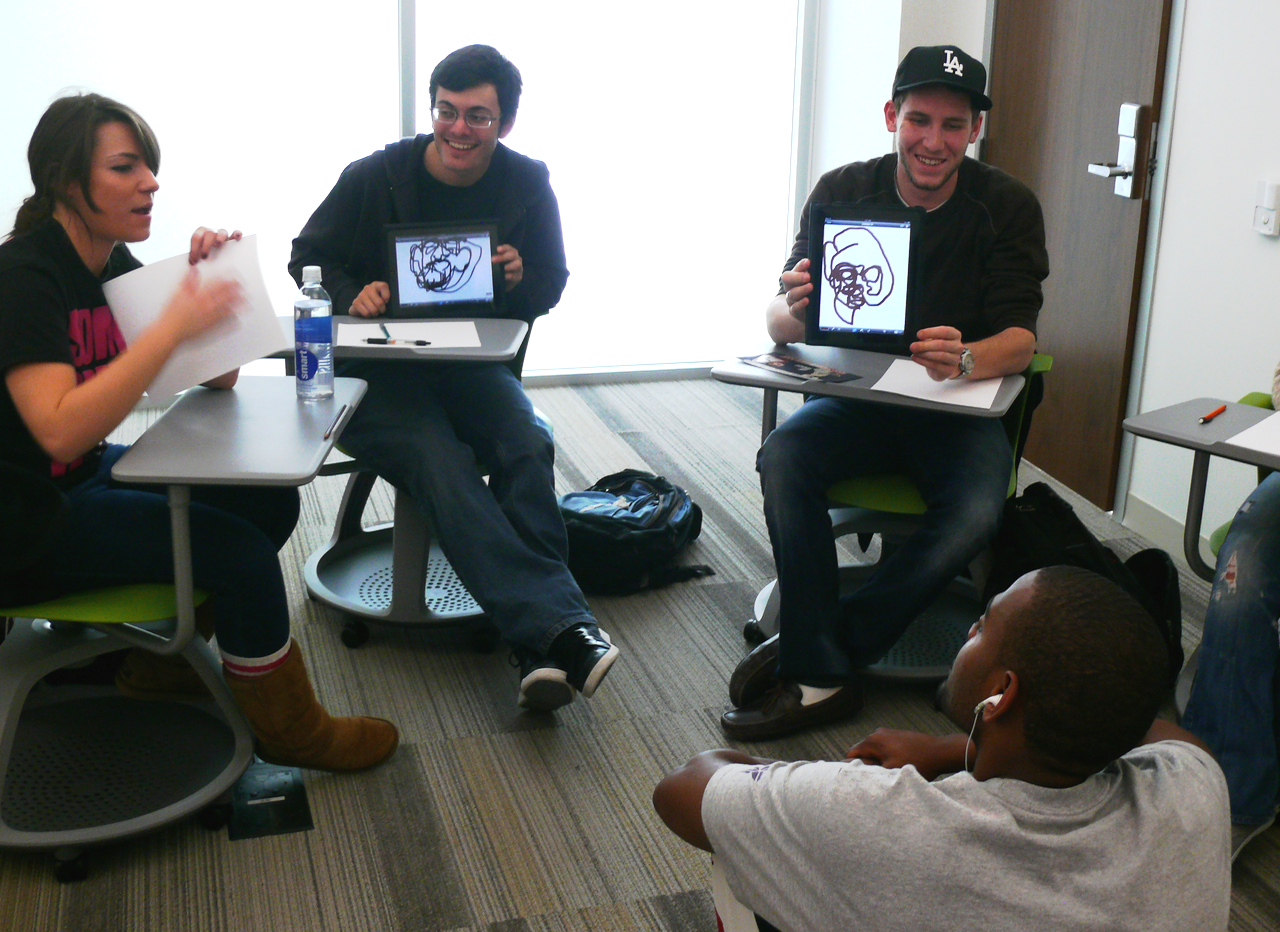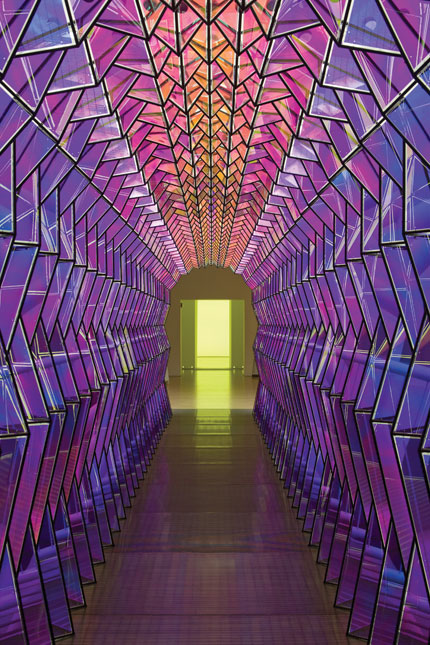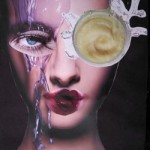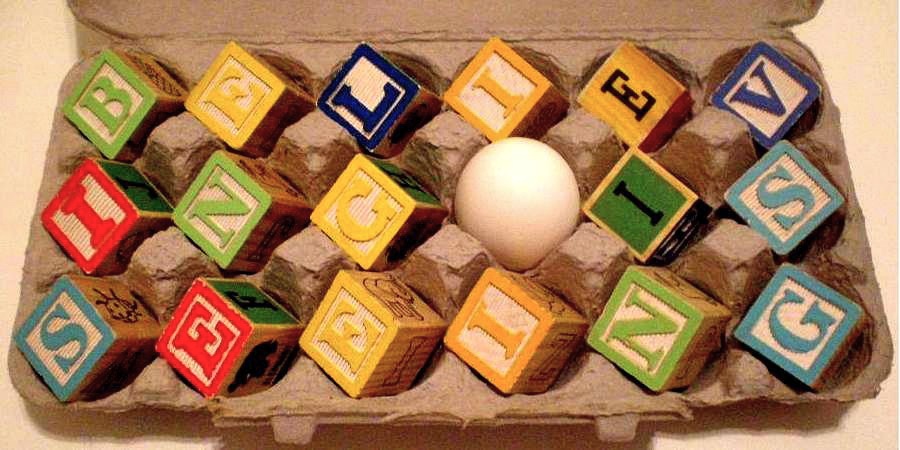Please visit our new site, CreatiVgrowth.com where we share all sorts of tips and inspirations for enhanced expansive thinking, tools for finding fresh approaches, and joyful meditations which facilitate Flow States.
Category Archives: Concepts
Comments about the course by Visual Thinking Students
Comments of the Visual Thinking course by former students…
Camille:
It let me be creative in a way that wasn’t asking me to make perfect lines, but rather was asking me to create something relevant to how I was feeling. That was a new way of making art for me.
Cody:
I really loved this experiential approach to art. I connected it to way in which strong visual communication could make a positive impact, helping to solve some of most significant global problems.
Ever since I learned how to use mind maps in the course, they have become a staple for how I brainstorm, and I’ve literally organized projects, speeches, all kind of things through mind mapping, and realized the extremely powerful results that came from using the process.
Aamir:
My creativity expanded. I started thinking about things I normally wouldn’t have previously considered.
Before I started the class, when I thought of an artist I thought of a person with a paintbrush, looking out a window, and pretty much just painting something representational or impressionistic on a canvas. Once I took this class I discovered art is pretty much everything you see around you, and it comes in many forms and shapes.
Shannon:
This class welcomed my love of art, and mixed it with my need to fight for social justice. Learning how to connect these two aspects into an expressive artwork was amazing. The supportive environment in the classroom also allowed me to be more forgiving of my artistic process.
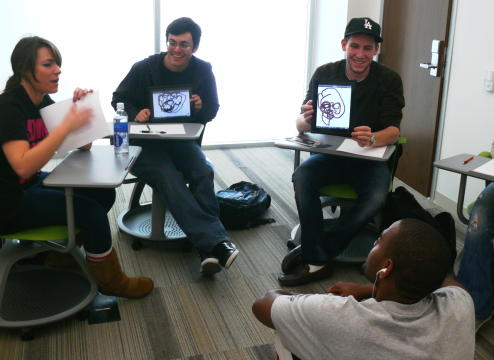
Visual Thinking: Art + Innovation
Michael Kieley is in his 18th year of teaching Visual Thinking at Loyola Marymount University. The course if focused on project-based, and experiential learning, inspired by the methods of Black Mountain College, The Bauhaus, and MK’s undergraduate work at the Southern California Institute of Architecture.
We make things in order to concretize the principles of innovative problem solving, brainstorming, and self-expression using techniques like photo-collage which give everyone the power to create resonate images.
To see and hear what a few of the 1000+ students of Visual Thinking felt about the experience, please listen to a few of the course reflections they recorded at the end of the semester. VoiceThread is a core cloud-based technology, employed to keep students engaged in between our face to face meetings.
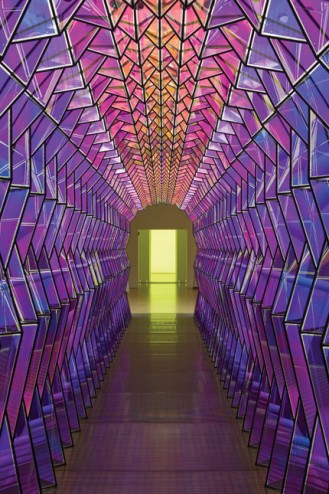
Teaching Innovation Thinking
I have been reading a number of articles about MOOC’s, and looking at Coursera, and some of the other sites offering classes. While many of the courses, aren’t things I feel I need to study, I was intrigued at this Coursera offering on the subject of Creativity and Innovation, since it seems to parallel so many of the ideas I have been using in my Visual Thinking classes. It is an interesting contrast, since I developed my ideas based on experiences in contemporary art and psychology, and this course is taught by three professors of (Environmental, Chemical, and Mechanical) Engineering.
Creativity, Innovation & Change – Penn State University, Jack V. Matson, Darrell Velegol and Kathryn W. Jablokow
Optional Portals:
- Creative Diversity: How we each manage ideas and change differently through Opportunity, Motive, Level, and Style
- Lean Learning. Metrics for reaching your creative potential
- Implementing innovation in the marketplace of ideas
- Maximizing Collisions of Ideas with Opportunities – The Art of Innovation: Remixing, Mashups, etc.
- Creative Group Dynamics: Leveraging creativity from everyone in the organization
- Intelligent Fast Failure as a prototyping tool
- Breakthroughs through creative destruction
- Paradox of Structure: How every structure enables and limits us at the same time
- Brain Training: Techniques for generating and selecting ideas
- Innovating by exploiting serendipity and surprise
- Catalyzing Change: How to drive the Spiral of Change
- Character, Excellence, owNership, Tenacity, Entrepreneurship, and Relationship: 6 key practices of success, with skills and metrics.
- Cognitive Gaps: How to manage creative diversity within a team or organization
- CLICK Synthesis: Creating Leadership through Ideas resulting in Change and Knowledge
4th Meeting – September 24
We checked in about the experience of collaborating on the first team project, a wiki on Light + Space art.
Next we framed the frottage, series of five rubbings.
A second session of ink painting, this time with a tool of our own making.
We watched a film on James Turrell. In addition, please also watch this video with him, describing a visit to his Roden Crater project (link provided by Team Boyle).
We talked about about the meaning of having a true, visceral experience, inspired by John Dewey’s book, “Art as Experience.” This introduces a two week individual project that begins this week, and concludes on October 8th.
VOICETHREAD >>
Of course we have VoiceThread this week. There are four slides. Please leave your comments by midnight, Wednesday, September 29th.
What is visual thinking?
When I tell people the name of the course, they often look a little puzzled. That’s understandable. While a course with this title could be some sort of critique of media, where you sit around watching TV commercials, and writing essays, my course in Visual Thinking focuses on three elements:
- Perception
- Culture
- Creativity
One of the things we do, is learn about the methods and ideas of contemporary art. We do this by making art. Immediately, some people think, “Oh no, I can’t draw!” That worry is always based in negative messages an individual received about their ability to realistically draw things like animals and landscapes.
I’m not very interested in representation art, and certainly many of the most famous artists of the past 50 years weren’t good at drawing, in the traditional sense. All of the projects in Visual Thinking are designed, and have been extensively field-tested to promote successful, and stress-free, expressive work. By the end of the semester, we have large numbers of projects completed, many of which were made by people who haven’t made art since they were in elementary school.

